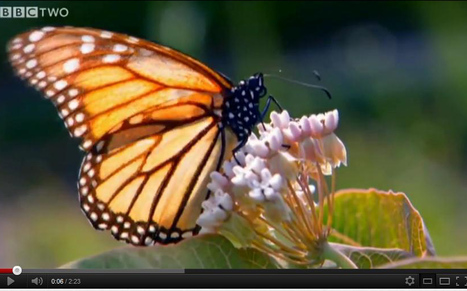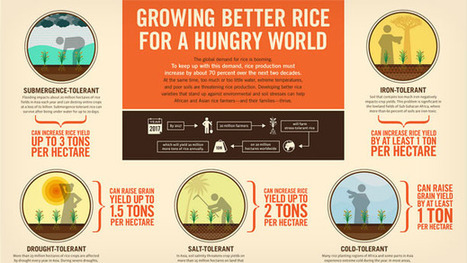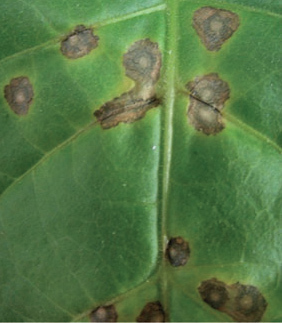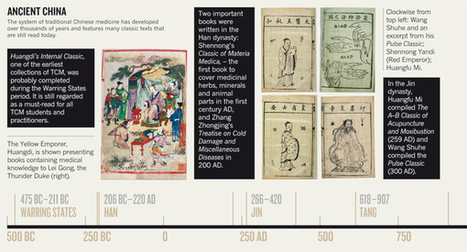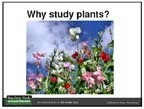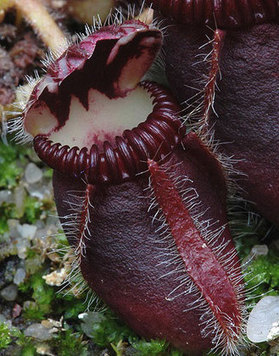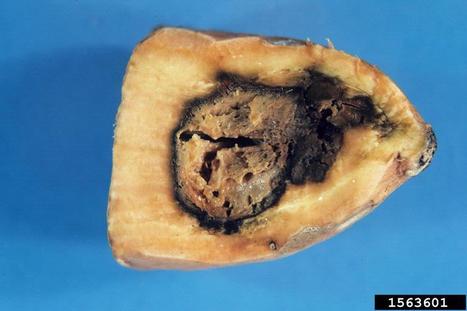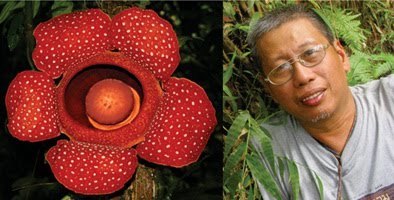A while back we got this question from a grandmother, and wanted to share her insightful question and our reply. Feel free to comment or pass along.
"I am Hailey (9) and Jessica (7) grandmother.. After watching the news about “bomb sniffing plants” (http://www.denverpost.com/news/ci_17210850), the Grandgirls would like to know “Do Plants Smell?” Do Plants Smell? Is there an olfactory-like response in the detection of explosives… like a “bomb sniffing “ dog.. or akin to a fish detecting an odor (‘sharks smell blood”) Now I’m beginning to wonder… is the question “Do Plants Smell” also the experiment??? If so, how would little kids demonstrate the experiment???
Here's our reply:
Hiya Grandmother, What a great question!
The answer of course, Yes, and No.
The sense of smell is fundamentally the ability of a cell to perceive a chemical compound. All cells can do this – from bacteria to human to plant. Cells perceive chemicals in most cases by specific receptor proteins. The types of receptor proteins varies from cell to cell, so bacteria have a different range of chemicals they can perceive than humans or plants do. One way to think of receptors and the chemicals they perceive is like a lock and key – the receptors are similarly structured proteins that are activated only by a very narrow range of chemicals – the key. (In the case of June Medford’s work, she modified a plant chemical receptor so it would detect a different compound than it normally would – kind of like when a locksmith changes the lock on your door so that it fits a new key).
When we smell a chemical (when the chemical binds to its receptor) the receptor sends an electrical impulse through a nerve, which sends a signal to our brain. Like a giant computer, our brain receives that information and evaluates it – some smells (e.g. blood, sour milk) elicit strong negative reactions, whereas others are ignored or trigger positive reactions (baking bread, grandma’s perfume). Our brains are constantly analyzing millions of bits of information at a time. Luckily we’re unaware of most of this activity.
Humans and other mammals have concentrated most of our senses into our head, near our brain (eyes, ears, nose, mouth). We’ve also concentrated our smell receptors into a more complicated structure, with thousands of them packed together into an olfactory system.
Plants (and many animals) on the other hand distribute their sensory systems more broadly. In fact, we are learning that nearly every cell in a plant is capable of perceiving information about light, chemical environment, temperature, wind etc. The receptors that perceive information about chemicals tend to be more abundant in the roots though, because root have the job of taking up nutrients from the soil. The root system constantly explores the soil environment by changing its growth direction, and when it finds a rich source of nutrients concentrates its growth in this region. Plants don’t have nerve cells, which is one of the reasons we think they have a distributed sensory system. Each cell participates in sensing its own environment, and responding appropriately. The cells do communicate with each other though, through a slower hormonal system.
Here's a link to an experiment that illustrates the principle of how plants “smell”. (http://my.aspb.org/resource/group/a9372bf4-9ae4-4d0b-ad0c-595c9dfc3543/12labs/09_defense.pdf)
It’s written up as an experiment to look at chemicals in the soil, but particularly chemicals produced by other plants. Many plants secrete chemicals from their roots that inhibit the growth of other plants. Basically they’re trying to drive away any competition for resources. It’s a simple experiment but illustrates the principle that plants monitor their chemical environment through the same process that we do – or, if you like, that plants “smell”.
Hope this helps. It’s great that you are encouraging your granddaughters interest in plants and experiments! They are lucky!
 Your new post is loading...
Your new post is loading...
 Your new post is loading...
Your new post is loading...





